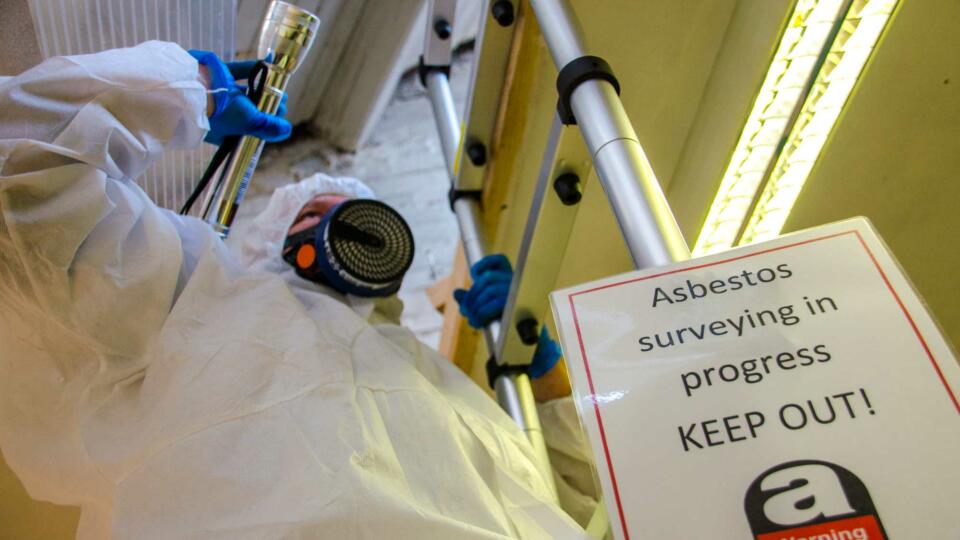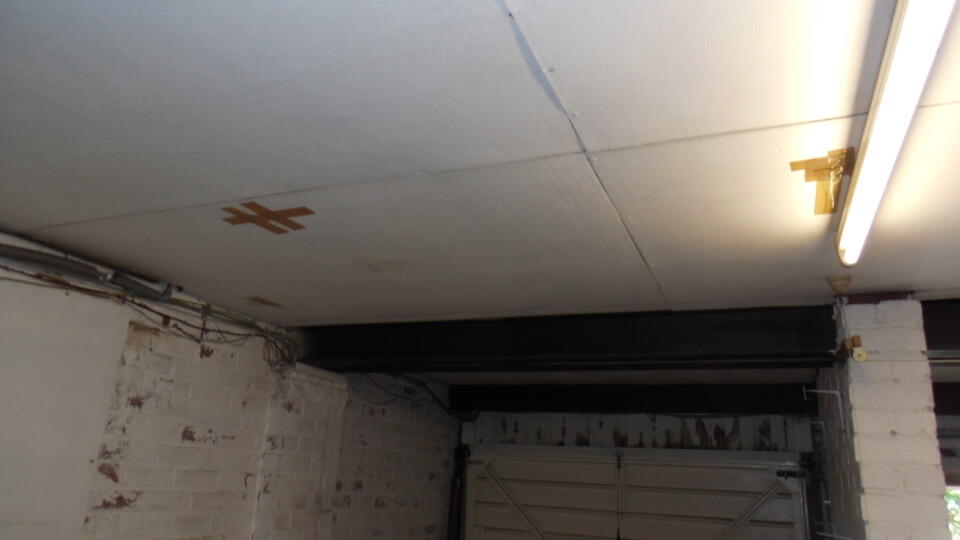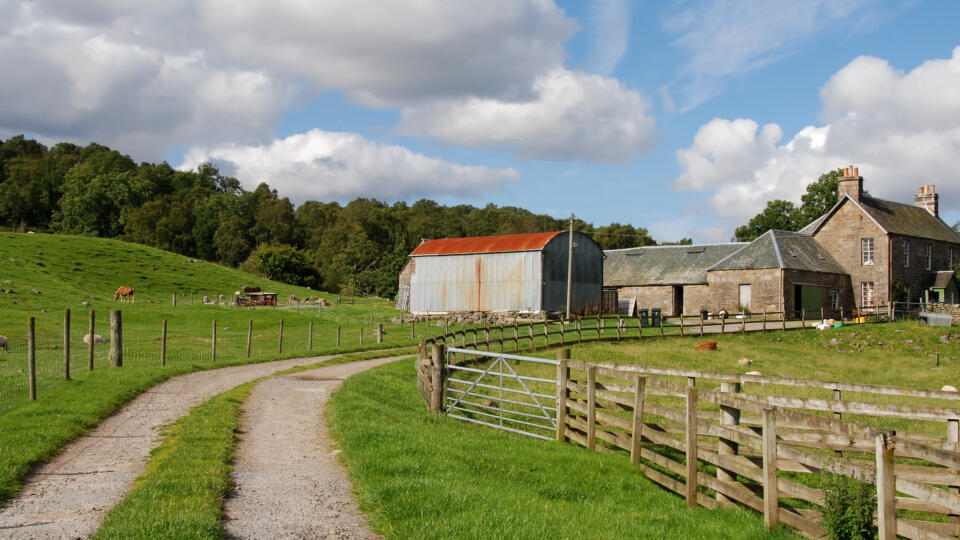
Managing your asbestos
Posted

Managing your asbestos
Managing your asbestos within your buildings is fundamental part of your businesses health and safety at work.
Following this checklist as recommended by the HSE would not only legally (regulation 4 of the Control of Asbestos Regulations 2012) cover you but also prevent anyone working within your building potentially coming in contact with asbestos. This will compile your asbestos management plan.
Step 1: If you are the duty holder for commercial, industrial or housing associations then you must follow this checklist to manage your asbestos.
Even the common parts of premises are covered such as lift shafts, boiler rooms, staircases or any equipment that contains asbestos.
If you are not responsible for the maintenance of these then you should ask the person who is responsible to show you their register. If you are responsible then you are the duty holder and must follow these next steps.
Step 2: When was the building built or refurbished?
Any building after the year 2000 that has been refurbished or built will not contain asbestos and this doesn’t apply to you.
If the building was built or refurbished before the year 2000 then it can contain asbestos. This must be presumed unless you know for sure it doesn’t.
Step 3: Do you already have any information?
Do you have any old records of asbestos within your building?
- This could include previous asbestos removal records
- Talking to previous tenants or maintenance staff.
- Asking equipment suppliers if any of your brands used to contain asbestos within them.
- This information is not essential but would give you useful information of the presence of asbestos.
Step 4: Inspecting your building for asbestos
Inspecting is known as a management survey. This is aimed to produce an asbestos register which locates where asbestos might be. Here at Complete Asbestos surveys we can carry out this section for you.
The inspection would be followed by : Creating a plan of your building walking around, accessing where you can without disturbance, make a list on the plan of where asbestos may be present, turn this into an asbestos register which is used to base your management of the asbestos on.
Step 5: Prioritising actions
For each asbestos item found on your asbestos register you will need a material and priority score. Theses scores will determine the priority.
Step 6: What are the types of asbestos
Each type of asbestos will be added to the register, this again will be scored on the asbestos register. Within our management survey reports all of this is covered.
Step 7: Compiling your asbestos management plan
This management plan should be completed before any work is carried out and should include the following.
- The responsible person for the asbestos management
- The asbestos register
- Scheduling the monitoring and inspection of the materials condition. (We advise every 12 months unless work affects this)
- Making relevant people aware of any decisions (ie removal / managing)
Step 8: The asbestos testing
Before doing any work which may disturb asbestos materials then asbestos testing much be carried out. Get expert help to test any suspect materials. This is something we can offer at Complete Asbestos surveys
The asbestos survey can be either be an management or refurbishment / demolition. Both these surveys require asbestos testing
Step 9: Sharing the findings
With this asbestos management plan in place you need to share your findings and any decisions you have made. These will include:
- These should be your employees
- Training staff to ask for the report for every job
- Make people aware to report any problems
- Label the asbestos or where it’s located to warn people.
- Share the report with any trades working on your building, such as builders, electricians, plumbers etc.
Step 10: Getting any remedial works done
The key point with this is to make sure you get the asbestos works done by a trained professional and not yourself.
Recommendations will be made within the asbestos survey report and this will include who can carry out any works. Here at Complete Asbestos surveys we can carry out works with asbestos or get supply you with quotations from removal companies.
Step 11: Record keeping
Records should always be kept up to date. The asbestos register and materials should be checked once a year to make sure they haven’t deteriorated. This is why we recommend a re-inspection every 12 months.
Complete asbestos surveys can carry all out of the above which makes your company compliant with the HSE.
HSE have published a good booklet on managing asbestos within your building. You can download this here. http://www.hse.gov.uk/pubns/indg223.htm
FAQ:
Q. What are the legal obligations regarding asbestos management in commercial, industrial, or housing association buildings?
A. As per regulation 4 of the Control of Asbestos Regulations 2012, duty holders for such buildings are legally required to manage asbestos risks. This includes conducting asbestos surveys, maintaining an asbestos register, prioritizing actions based on the survey findings, and implementing an asbestos management plan.
Q. How can I identify asbestos in my building, and what steps should I take if it’s present?
A. Buildings constructed or refurbished before the year 2000 may contain asbestos. To identify asbestos, it’s recommended to conduct a management survey aimed at producing an asbestos register. If asbestos is found, prioritize actions based on material and priority scores outlined in the register. Asbestos testing should be carried out before any work that may disturb asbestos materials. Always seek expert help for testing and remedial works.
Q. What measures should be taken to ensure the safety of employees and contractors when dealing with asbestos?
A. It’s crucial to have a comprehensive asbestos management plan in place. This plan should include appointing a responsible person for asbestos management, scheduling regular monitoring and inspections of asbestos-containing materials, and making relevant personnel aware of decisions regarding asbestos management. Additionally, employees should be trained to identify asbestos risks, report any problems, and follow safety protocols when working in areas with asbestos. Labelling asbestos-containing materials and sharing asbestos survey reports with contractors and tradespeople working on the building are also essential safety measures.
Further Reading



